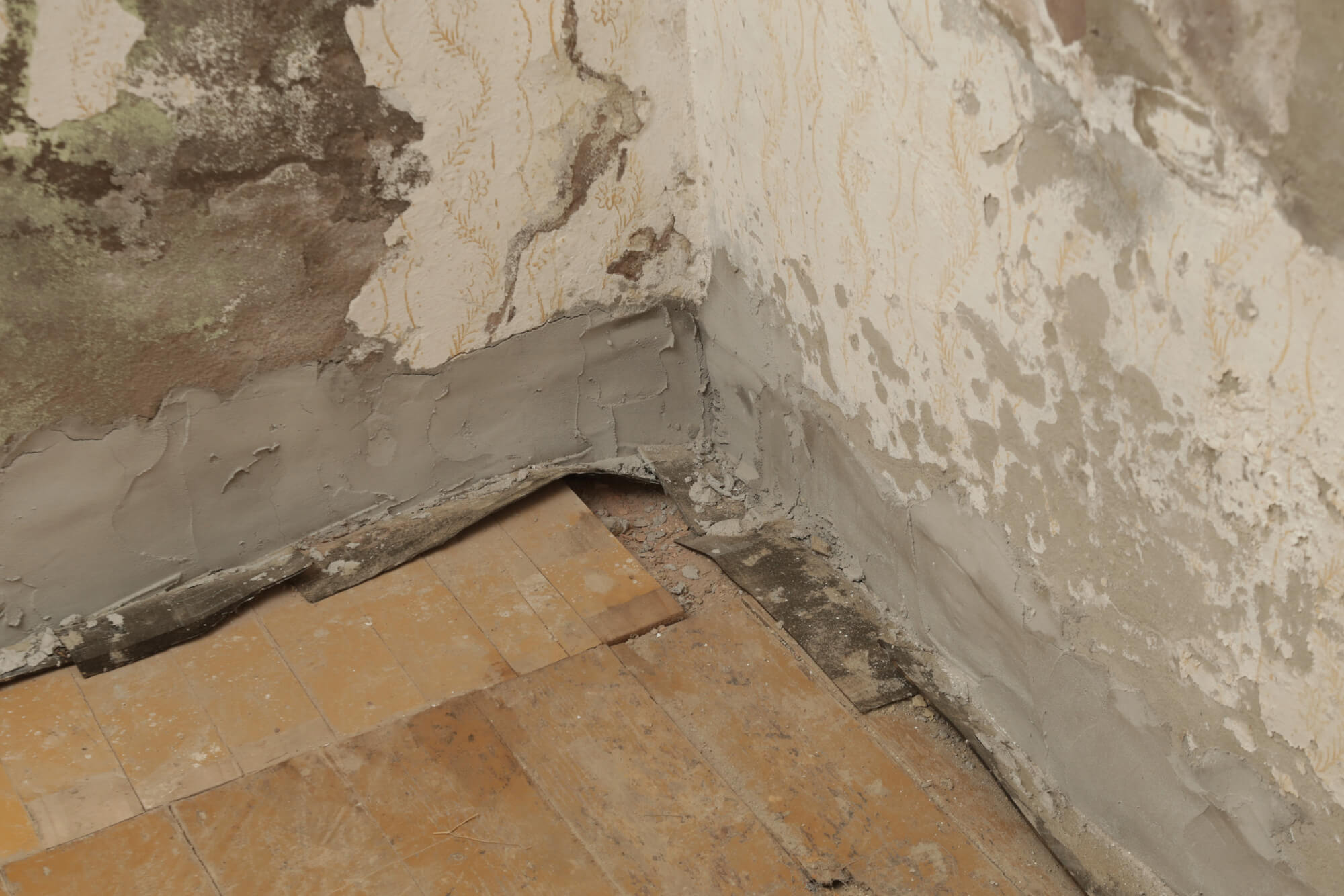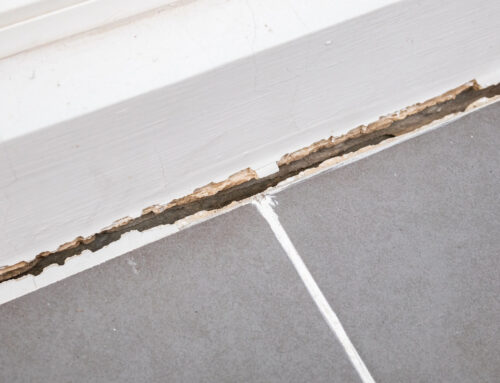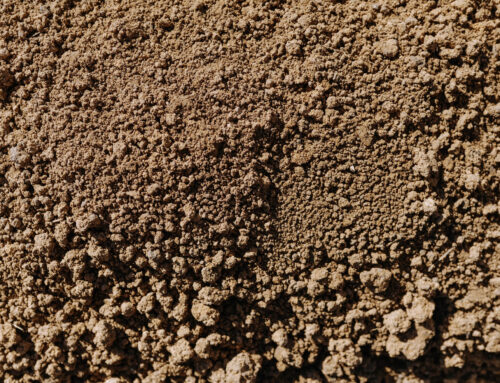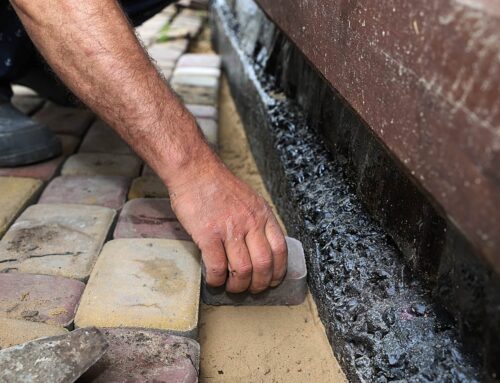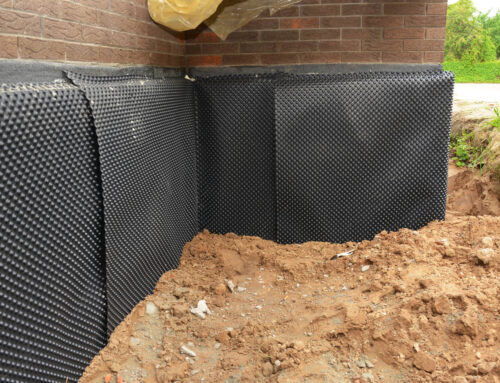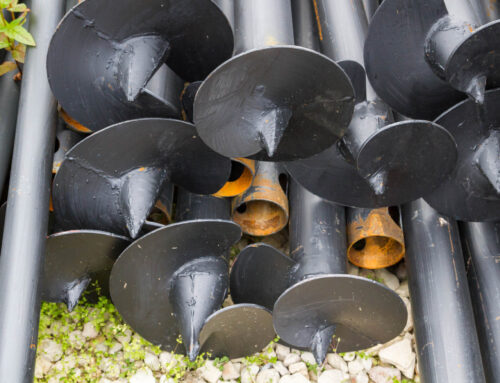Repairing a foundation is challenging under the best of circumstances, but when the work needs to happen in a small crawl space under a pier and beam home, or beneath a hard-to-reach concrete slab, the job demands extra skill and creative problem-solving. These confined spaces present tight fit conditions, limited working room, and unique safety hazards. However, with modern foundation repair techniques, even the most claustrophobic repairs can be completed efficiently and with lasting results.
Whether the issue is soil movement, soil erosion, moisture intrusion, or long-term structural instability, worried homeowners can rest assured that foundation problems in tight areas can be addressed through the right tools, proven strategies, and the experience of a structural engineer or contractors like Xpert Foundation Repair, who will ensure the long-term stability and structural integrity of their home remains intact.
Defining What a Tight Space in a Foundation Is
Certain foundation types are more likely to require repairs in confined areas. Pier and beam homes often have crawl spaces just high enough for a person to work in (and sometimes not even that), while older concrete slab homes may require tunneling work done underneath to avoid breaking through floors.
These foundations are just as susceptible to issues caused by unstable soil, water seepage, biological growth like tree roots, and moisture buildup as any other, with the added challenge of being hard to reach for the necessary repairs or inspections.
Tight-space foundation work can involve repairing main beams, sill plates, floor joists, band joists, or support columns, as well as reinforcing basement walls and concrete footings.
Every inspection should consider not just the current structural damage, but also how future drainage system improvements, waterproofing, or grading changes might prevent a repeat problem.
Common Problems Faced by Tight-Space Foundations
Working in small or hard-to-access areas can make existing issues worse if not handled promptly. Common problems include:
- Moisture-related issues: Water intrusion, lack of proper insulation, and hydrostatic pressure can cause mold, wood rot, and deterioration of metal components.
- Structural weaknesses: Aging pier and beam structures can develop sagging main beams or rotted sill plates.
- Soil movement: Changes in soil layers can undermine concrete footings, cause cracking, or lead to uneven house foundation settlement. This is particularly common in Texas wherein soil conditions are very varied and areas like central Texas, for example, notoriously have expansive soil.
- Poor drainage: Without a proper drainage system or sump pump with functional discharge lines, water may collect in crawl spaces.
- Cracking and shifting: Foundation cracks in basement walls or slabs signal structural instability.
- Pest infestations: Termites and rodents are drawn to moist, unventilated spaces, creating additional structural damage.
These issues are not just inconveniences—they can compromise the safety and value of the home if left unrepaired.
Signs of Foundation Issues
Tight-space foundation problems often reveal themselves through small but telling signs.
Homeowners may notice:
- Visible cracks in walls, floors, or ceilings.
- Slopping, sagging, or uneven floors.
- Doors and windows are sticking or misaligning.
- Persistent standing water after rain may indicate a failed drainage system or blocked discharge lines, which can lead to water damage.
- Bowing outer or basement walls or tilting support posts.
- Musty smells that indicate water intrusion in crawl spaces.
- In a pier and beam home, deteriorating band joists or support beams can lead to sagging floors, which can worsen rapidly without timely foundation repair.
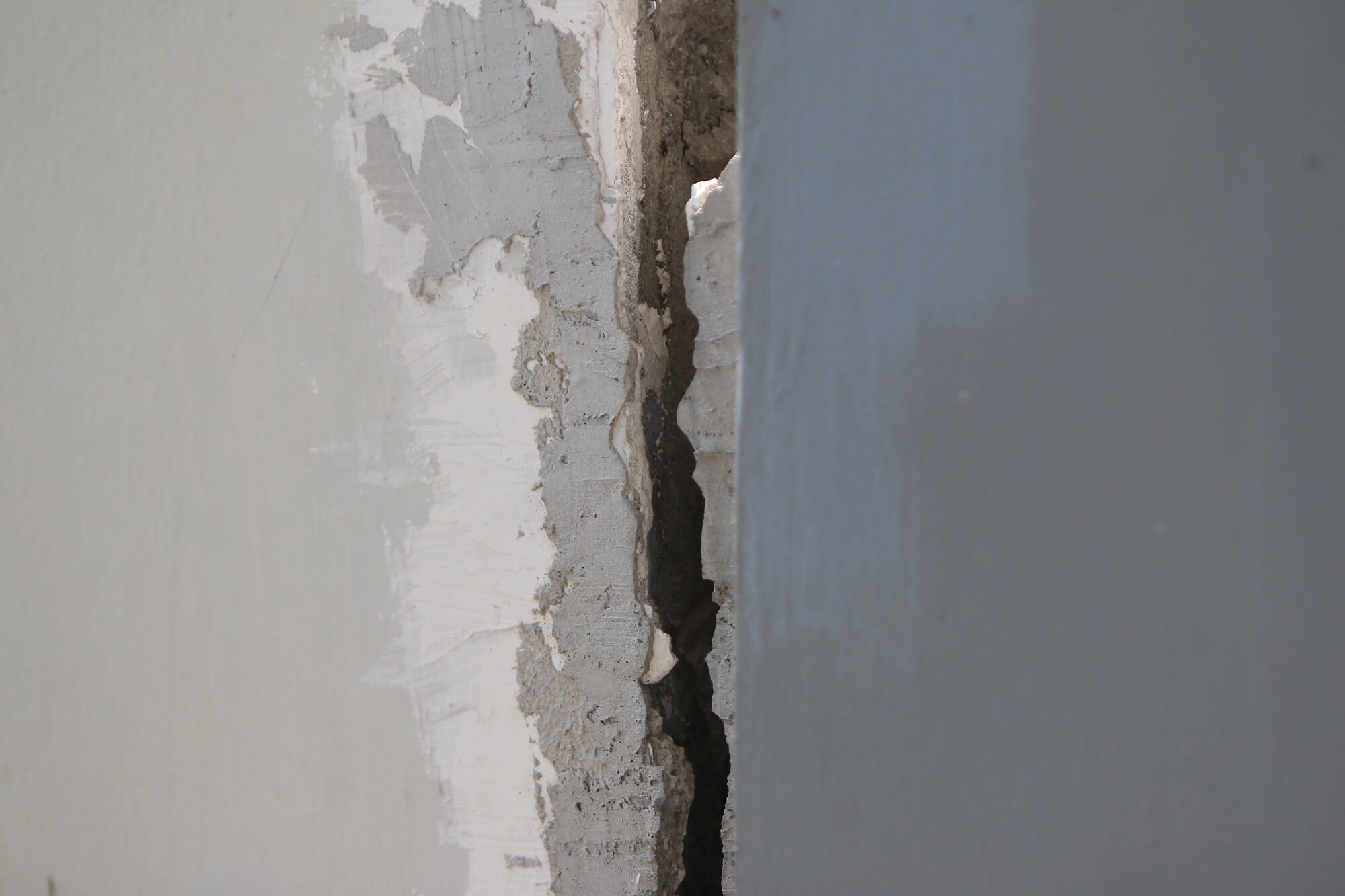
Traditional Foundation Repair Techniques for Tight Spaces
The best way to restore a strong and stable foundation is by addressing the underlying cause of the problem and applying the right long-term solution. While innovation has introduced new methods, many proven foundation repair techniques still play an important role in confined-area work.
- Shoring and Bracing: Shoring involves adding temporary supports to hold the structure steady while repairs are underway. In crawl spaces, this might mean installing adjustable steel posts to prevent further sagging until a permanent solution is implemented and repairs are completed. Bracing also helps maintain structural integrity during complex jobs like concrete underpinning or pier replacement.
- Pier and Beam Replacement: In older homes, main beams, sill plates, and band joists may rot due to moisture buildup or termite damage. Replacing these elements often requires careful maneuvering in low-clearance areas and using low-profile tools to avoid damaging adjacent parts of the structure.
- Push Piers: Push piers are steel shafts driven deep into the ground to reach stable soil, then used to lift and stabilize the foundation. In tight spaces, compact hydraulic systems allow contractors to install these without large-scale excavation.
- Helical Piers: Helical piers feature screw-like blades, or helix plates, that are twisted into the ground, providing strong support in problem soils. They can be installed with portable rigs, making them ideal for tight-space work where larger equipment won’t fit.
- Epoxy resin: These are injections used to fill and seal foundation cracks in concrete, restoring strength and preventing further water seepage. In a basement wall or slab, this technique can be applied with minimal access.
- Carbon Fiber Straps: For bowing walls or localized structural instability, carbon fiber reinforcement straps add strength without major excavation. Also known as carbon fiber strips, their slim profile is perfect for tight fit repair jobs.
- Concrete Underpinning in Confined Areas: Underpinning increases the depth or load-bearing capacity of the foundation. In restricted spaces, hand-dug pits or small tunnels may be used to perform underpinning without damaging interior finishes.
Innovative Solutions for Foundation Repair in Tight Spaces
Advances in materials, equipment, and foundation repair methods have made it possible to solve even the most complex foundation problems in confined areas more efficiently.
Under Slab Tunneling
Tunneling beneath a concrete slab allows contractors to repair plumbing leaks, reinforce concrete footings, or perform grouting without breaking through interior floors. Specialized boring machinery is used to dig a precise, short, and shallow tunnel as much as possible so your foundation problems are fixed and the tunnel is backfilled.
While not a solution for every problem in a tight space foundation, tunneling can be the ideal option in some situations.
- When space is lacking on the sides of a home to dig trenches for concrete pilings or steel pier.
- When demolition work shuts down too much of the living area in a small home,
- Newly renovated homes must avoid damaging recent investments, making it too costly.
- Homeowners who want to stay in their homes during the repair process.
- To avoid having people coming in and out while making lots of noise.
While it is true that not all home foundation repairs require tunneling work, about 35 to 40% of all foundation repair cases do call for it.
Modular Support Jack Systems
Portable hydraulic jacking units can fit into crawl spaces with minimal clearance, allowing precise leveling and support column or beam replacement without the need for large excavation equipment.
Advanced Helical Pier Systems
Smaller, lighter helical pier rigs make it possible to stabilize foundations in narrow areas while reducing repair time and having minimal disruption to soil and surrounding landscape.
Low-Profile Carbon Fiber Reinforcement
Newer carbon fiber reinforcement materials can be applied even in claustrophobic conditions, adding significant strength to basement walls or crawl space supports without taking up much room.
Crawl Space Encapsulation and Waterproofing
Sealing the crawl space with vapor barriers, installing sump pumps, adding discharge lines, and improving drainage prevents moisture intrusion, mold, and long-term deterioration of wood framing.
Polyurethane Foam Slab Jacking
This modern alternative to traditional Slab Jacking involves injecting lightweight Polyurethane Foam beneath a slab to lift and level it. The foam expands quickly, requires smaller access holes, and works well in limited spaces.
Segmented Piers
Compact and stackable segmented piers are installed in short sections, making them easier to maneuver into confined areas while still providing deep foundation support.
Specialized Crawl Space Access Equipment
When working in tight and confined spaces such as crawl spaces, specialized tools and equipment are essential both for the safety of workers and the structural integrity of the home. These pieces of equipment are specifically designed to operate efficiently in areas with low clearance, minimizing the risk of damage to the property while ensuring a safe working environment.
Tools and Equipment:
- Low-Clearance Excavation Tools: Compact, hand-held excavating tools that enable precise digging and movement in tight areas, reducing the need for large and cumbersome machines.
- Portable Lighting Systems: High-intensity, energy-efficient lights that illuminate crawl spaces without generating excessive heat or requiring extensive setup.
- Ventilation Systems: Compact fans or ventilation machines designed to ensure proper air circulation, removing dust and potentially harmful fumes from confined areas.
- Ergonomic Tools: Hand tools with ergonomic designs to minimize strain and ensure effective operation in cramped conditions.
Safety Systems:
- Personal Protective Equipment (PPE): Full body coveralls, helmets with integrated lighting, and air-purifying respirators specifically adapted for narrow spaces.
- Fall Protection Gear: Systems that secure workers and prevent falls, even in the smallest crawl spaces or when navigating uneven surfaces.
- Structural Support Systems: Temporary support structures and bracing systems designed to hold load-bearing elements securely during repair processes.
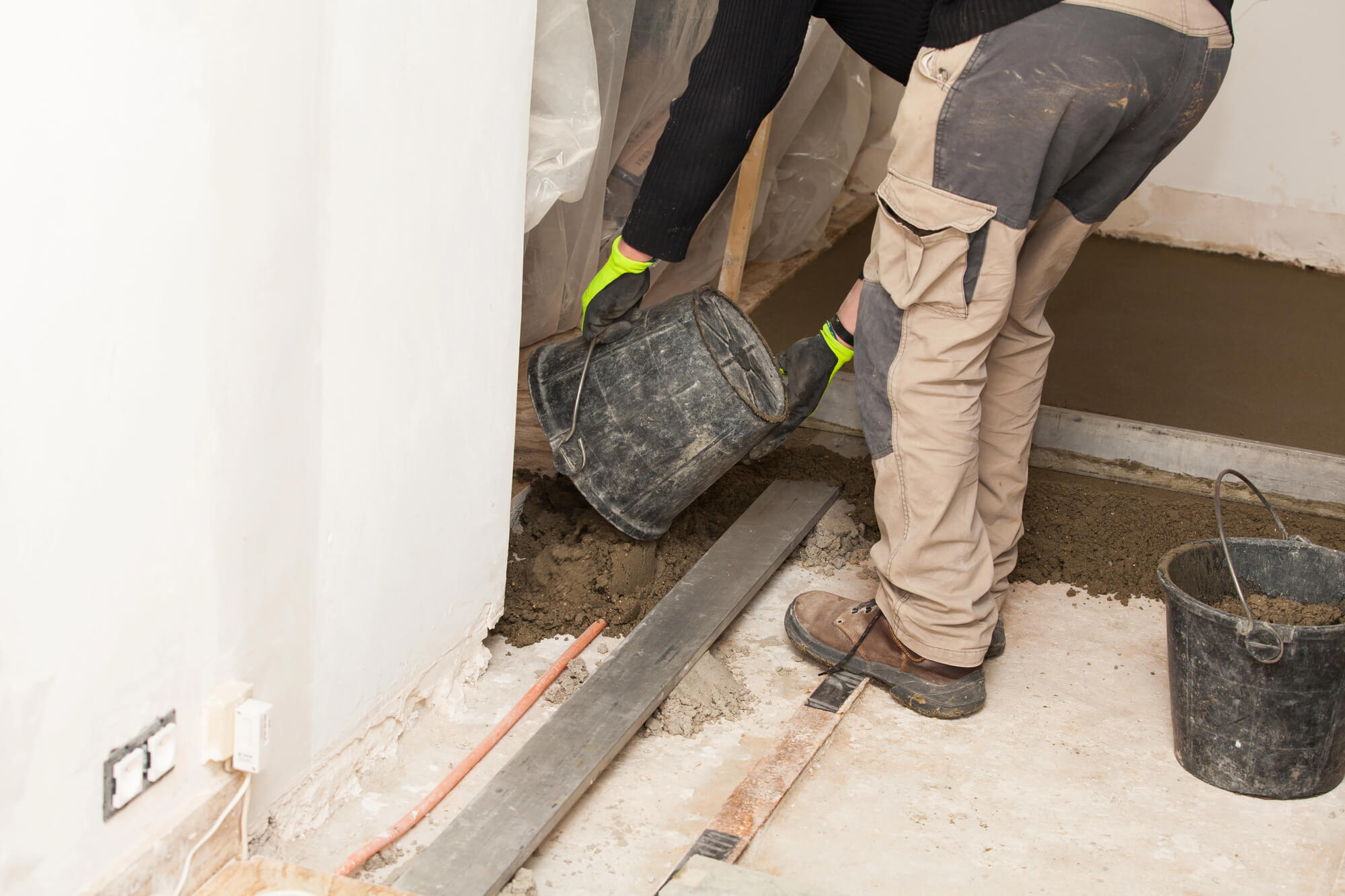
Cost Factors for Foundation Repair in Tight Spaces
Foundation repair in restricted areas often costs more due to increased labor demands, specialized equipment, and safety requirements. Factors influencing the cost include:
- Extent of structural damage
- Access challenges and tight-fitting working conditions
- Type of repair method chosen (tunneling, push pier, concrete underpinning, etc.)
- Additional services like waterproofing, drainage system installation, or mold remediation
- Warranty coverage and the contractor’s expertise
If you want to get an idea of what the costs might be to fix your foundation, you can use our foundation repair cost calculator here
The Importance of Timely Repairs
Addressing issues early is about prevention and protection against severe consequences to your home and livelihood.
Timely repairs:
- Prevent small foundation cracks or minor soil movement from escalating into major structural instability.
- Reduce repair costs by reducing the potential for more severe damage.
- Protects property value and resident safety.
- Limits related damage such as mold growth, pest infestation, or water intrusion into living areas.
Why Professional Repairs Are Better for Tight Spaces
Tight-space foundation work is not a DIY project, for multiple reasons, not least of which is your own safety.
A qualified structural engineer or foundation repair contractor ensures:
- Specialized skills and safety training
- Access to compact, advanced repair equipment like low-profile tools and protective gear.
- Experience with claustrophobic conditions like crawl space and pier and beam work.
- Warranty-backed quality workmanship
- Team coordination with contractors, plumbers, and waterproofing experts
The Role of Professional Foundation Inspections and Maintenance
Annual inspection of crawl spaces, pier and beam structures, and foundation walls helps catch issues like moisture buildup, soil instability, or structural damage before they worsen.
Routine maintenance, which can include checking the drainage systems and sump pumps, extends the life of your foundation and prevents costly repairs.
Protecting Your Foundation in Any Space
Repairing a foundation in a confined space takes skill, specialized tools, and an understanding of both traditional and innovative foundation repair techniques. Whether it’s underslab tunneling, hydraulic jacking, polyurethane foam slab jacking, or carbon fiber reinforcement, the right solution depends on the specific structure, soil, and conditions.
Homeowners who act quickly and hire experienced professionals can preserve their home’s structural integrity, prevent future damage, and keep their investment safe for years to come.
Contact Xpert Foundation Repair today for an inspection and personalized service plan tailored to your foundation’s needs—even in the tightest spaces.

